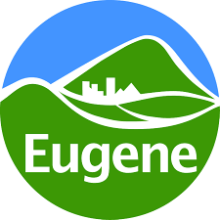Mediacom Lawyers Slow Competition With Court Time, Resources
When big corporate incumbent providers fear a hint of competition from a new entrant, they pull out all the stops to quash any potential threat. One of the first lines of offense involves the courts. Iowa City now leases its fiber to Cedar Rapids based ImOn and to stop it, Mediacom is reprocessing an old argument. It didn't work the first time, but they are going for it anyway; this is another example of how cable companies try to hobble competitors; just stalling can be a "win."
A Lawsuit In Search Of An Offense
Mediacom has a franchise agreement with Iowa City to offer cable television services and it also provides subscribers the option to purchase Internet access and telephone services. As most of our readers are attuned to these matters, you probably already understand that just any old cable TV provider can’t come into Iowa City and set up shop. State and local law require them to obtain a franchise agreement, which often includes additional obligations in exchange for access to a community’s potential customer base.
According to a 2015 Gazette article, Mediacom provides annual payments for use of the public right-of-way, operates a local office, and provides free basic cable services to local schools and government buildings. These types of commitments are commonplace as part of franchise agreements and are small sacrifices compared to the potential revenue available to Mediacom.
ImOn started offering Internet access and phone services to Iowa City downtown businesses in January but the company does not offer cable TV services like it does in other Iowa municipalities. ImOn doesn't have a franchise agreement with Iowa City but Mediacom says that it should. They argue that, because ImOn has built a system capable of offering video service, it should also have to obtain a franchise agreement.

In August, U.S. District Court Judge Charles R. Wolle dismissed the case, stating in a nutshell:



